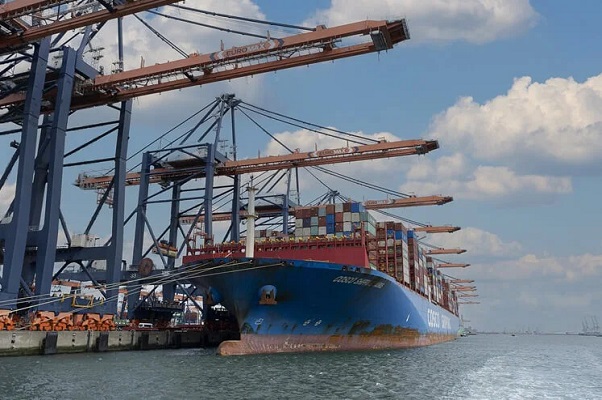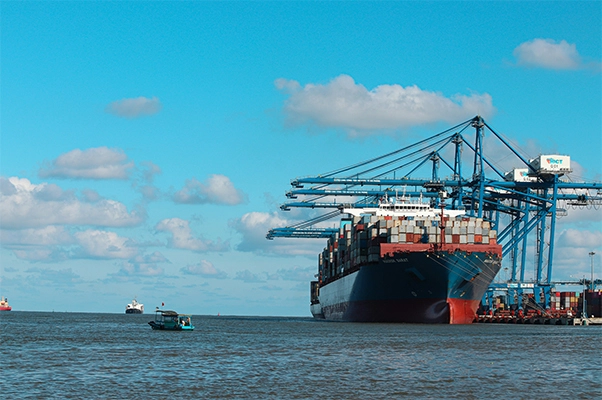+
Ocean freight and inland freight services serve as a vital link connecting inland and coastal economies. Their efficient, accurate, and safe execution plays a critical role in promoting domestic trade development and enhancing corporate competitiveness. This article will explain how to provide excellent ocean freight and inland freight services from five perspectives.
Efficient Collection: Establish a comprehensive cargo collection system that combines online appointments with offline services to improve collection efficiency.
Professional Warehousing: Provide suitable warehousing environments and facilities according to cargo characteristics to ensure the security and integrity of goods during storage.
Inventory Management: Use advanced inventory management systems to monitor inventory status in real-time and adjust inventory strategies promptly to reduce overstocking.
Introduce intelligent warehousing equipment, such as automated warehouses and RFID tags, to improve the accuracy and efficiency of warehousing operations.
Enhance communication with customers to understand cargo arrival times and quantities in advance and make warehouse preparations.
Accurate Booking: Choose appropriate shipping schedules, space, and shipping companies based on customer needs and cargo characteristics to ensure timely shipments.
Scientific Planning: Consider transportation costs, time, safety, and other factors comprehensively to plan optimal routes that improve transportation efficiency.
Utilize big data and artificial intelligence technologies to analyze historical data, predict market trends, and optimize booking strategies.
Establish cooperative relationships with multiple shipping companies to ensure flexible allocation of space resources.
Standardized Loading: Arrange the loading sequence and stacking method based on cargo attributes and transportation requirements to ensure cargo safety.
Strict Management: Conduct comprehensive tracking management of containers, including allocation, loading, transportation, and return stages.
Introduce a container management system to enable real-time inquiry and tracking of container information.
Strengthen the training of loading personnel to ensure loading operations are standardized and safe.
Timely Departure: Ensure ships depart at scheduled times to minimize delays.
Logical Dispatch: Arrange the order and timing of ship stops based on route planning to enhance transportation efficiency.
Establish a comprehensive ship dispatch system to monitor ship positions and statuses in real-time and adjust dispatch plans accordingly.
Enhance communication and coordination with ports to ensure smooth entry and exit of ships.
Efficient Operations: Optimize port operation processes to reduce waiting times and loading/unloading costs.
Safe Unloading: Complete unloading operations safely and orderly according to cargo attributes and transportation requirements.
Introduce automated port equipment, such as automated docks and intelligent tally systems, to increase operational efficiency.
Strengthen cooperation with port management departments to ensure smooth port operations.
Providing excellent ocean freight and inland freight services requires a comprehensive approach to improve the quality and efficiency of these services. Only by doing so can companies provide high-quality, efficient ocean freight and inland freight services, enhance market competitiveness, and achieve sustainable development.







